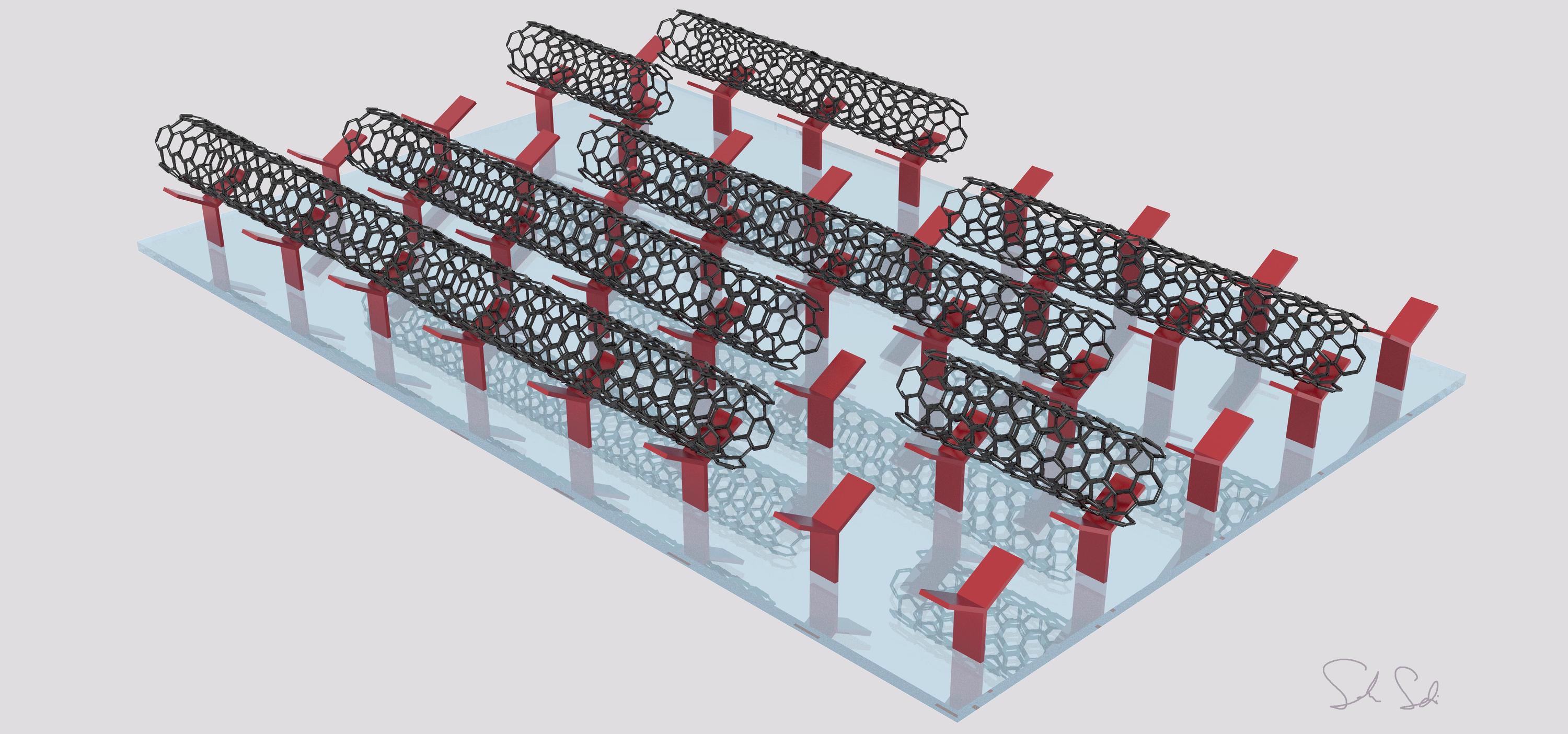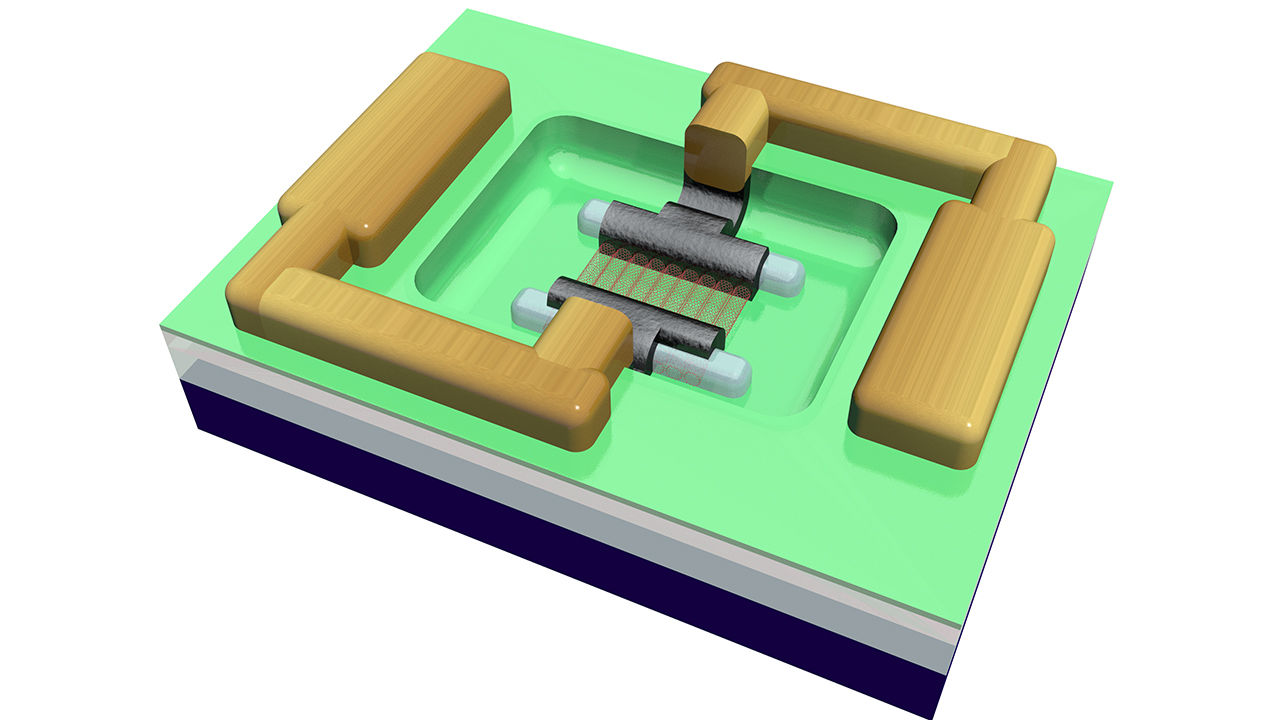Cheap, mass produced solvent can scalably make Carbon nanotube-based dough
Northwestern University’s Jiaxing Huang is ready to reignite carbon nanotube research. And he’s doing so with a common chemical that was once used in household cleaners. By using an inexpensive, already mass produced, simple solvent called cresol, Huang has discovered a way to make disperse carbon nanotubes at unprecedentedly high concentrations without the need for …











